How can I draw an spectrum for an given audio file with Bass library?
I mean the chart similar to what Audacity generates:

I know that I can get the FFT data for given time t (when I play the audio) with:
float fft[1024];
BASS_ChannelGetData(chan, fft, BASS_DATA_FFT2048); // get the FFT data
That way I get 1024 values in array for each time t. Am I right that the values in that array are signal amplitudes (dB)? If so, how the frequency (Hz) is associated with those values? By the index?
I am an programmer, but I am not experienced with audio processing at all. So I don't know what to do, with the data I have, to plot the needed spectrum.
I am working with C++ version, but examples in other languages are just fine (I can convert them).